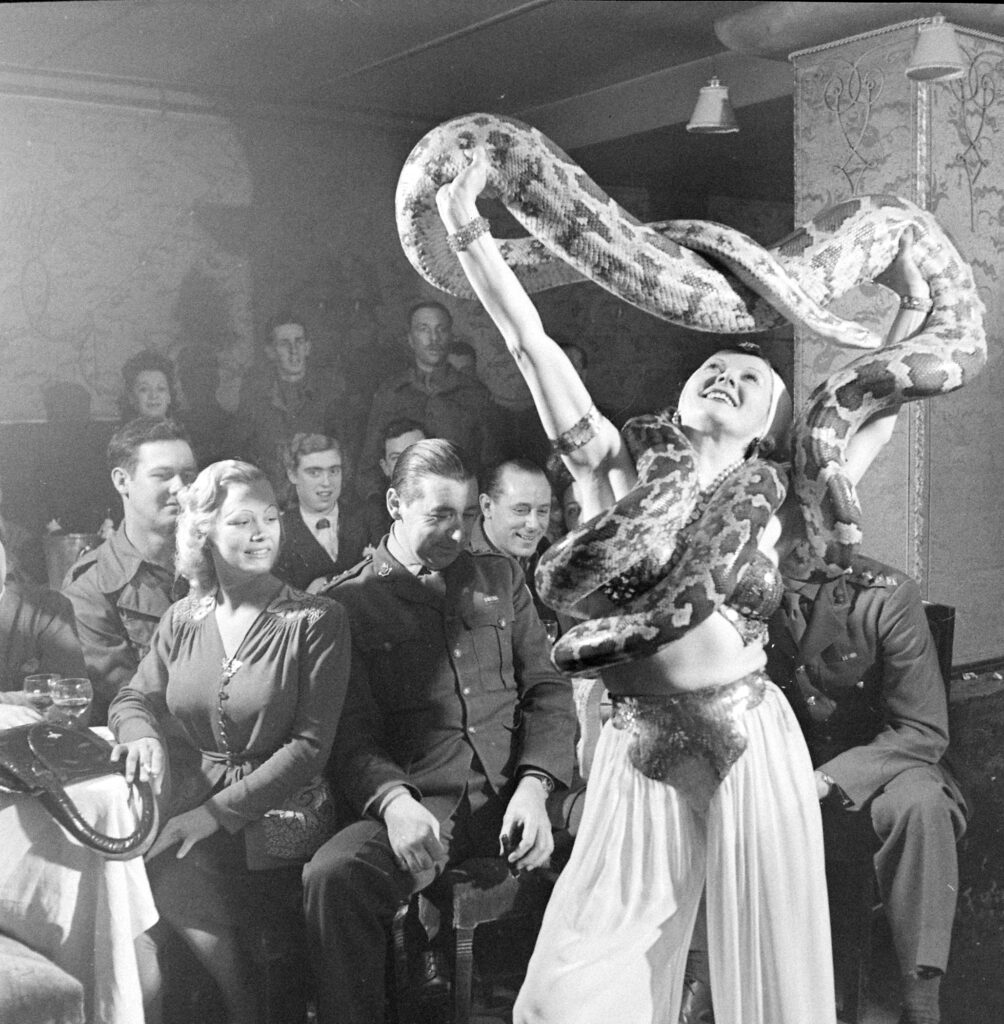Written By: Bill Syken
The following is adapted from the introduction to LIFE’s newcspecial issue 100 Photographs: The Most Important Pictures of All Time and the Stories Behind Them, available at newsstands and online:
Photos are proof. We know this from our own lives. Here’s what dad looked like when he was in high school. Look at this cake I baked. I ran into Taylor Swift at the mall—see, here we are in a selfie. A telling taunt of our age is “photos or it didn’t happen.”
The same holds true for the wider world. The pictures that really matter are the ones that prove something, that show us a definitive truth, that make us understand. Here’s what a human fetus looks like. Here’s the glory of Muhammad Ali. Here’s the shock we felt when the World Trade Center Towers collapsed.
In our quest to select the most important 100 photographs ever, we looked for pictures that demonstrated something important and meaningful. Some capture a news event or show the brutality of war. Others crystallize a particular cultural moment. Some take us on a fantastic voyage—up into space, perhaps, or inside the human body. Some photographs matter because they showed what cameras are capable of and illustrate the extraordinary power of photography as a medium.
The oldest photo we chose was the first one ever taken, of a French landscape in the 1820s. The process involved chemical applications and a multi-hour exposure that left an impression on a pewter plate. That grainy photo of the view outside the photographer’s window signaled our species’ transition to the world of pictures. Thanks to the internet and our smartphones, with their built-in cameras, we now see more images each day than the people who lived in a world of paintings and prints saw in a lifetime. Most of these photographs we flip past and forget. Others linger. The best reorient our understanding. The rare ones—the ones we feature in this special issue—change how we see the world.
Here are a few selections from LIFE’s new special issue 100 Photographs: The Most Important Pictures Ever and the Stories Behind Them

(clockwise from top left) Joe Rosenthal/AP/Shutterstock; Robert Beck/Sports Illustrated/Getty; Library of Congress, Prints & Photographs Division, FSA/OWI Collection, [LC-DIG-fsa-8b29516]; NASA

Regarded as the first photo ever taken, this image of a French countryside was achieved when Joseph Nicephore Niepce placed a thin coating of light-sensitive phosphorous derivative on a pewter plate and then placed the plate in a camera obscura and set in on a windowsill for a long exposure.
Joseph Niepce/Hulton/Getty

Lewis Hine’s photos such as this one of “breaker boys” who picked pieces of slate from conveyor belts as freshly broken pieces of coal rolled by, helped raise support for child labor laws.
Library of Congress, Prints & Photographs Division, National Child Labor Committee Collection, [LC-DIG-nclc-01130]

Elizabeth Eckford’s walk through a crowd of hateful tormentors into Little Rock Central High School in 1957 is a defining image of the tumultuous effort to desegregate schools.
Bettmann/Getty

The image of U.S. Marines planting the American flag on Iwo Jima during World War II has been called the famous news photo of all time.
Joe Rosenthal/AP/Shutterstock

In a defining image of the Vietnam war, the wounded Marine Gunnery Sgt. Jeremiah Purdie (center, with bandaged head) reached toward a stricken comrade after a fierce firefight south of the DMZ, October 1966.
Larry Burrows/Life Pictures/Shutterstock

The Woodstock music festival that drew half a million people to an upstate New York farm in 1969 signified the best of that age’s hopes and dreams.
Bill Eppridge/The LIFE Picture Collection/Shutterstock

Michael’s Phelps’ win over Serbia’s Milorad Cavic by one hundredth of a second at the 2008 Olympics was a golden example of the photo finish.
Heinz Kluetmeier/Sports Illustrated/Getty

Egged on by the bogus claims of the outgoing 45th president, a mob stormed the U.S. Capitol on Jan. 6, 2021 in an historic attempt to disrupt the tallying of electoral college votes.
Tayfun Coskun/Anadolu Agency/Getty

The Hubble Space Telescope’s photo known as Pillars of Creation captured the conditions in which new stars are born.
NASA, ESA, and the Hubble Heritage Team


















